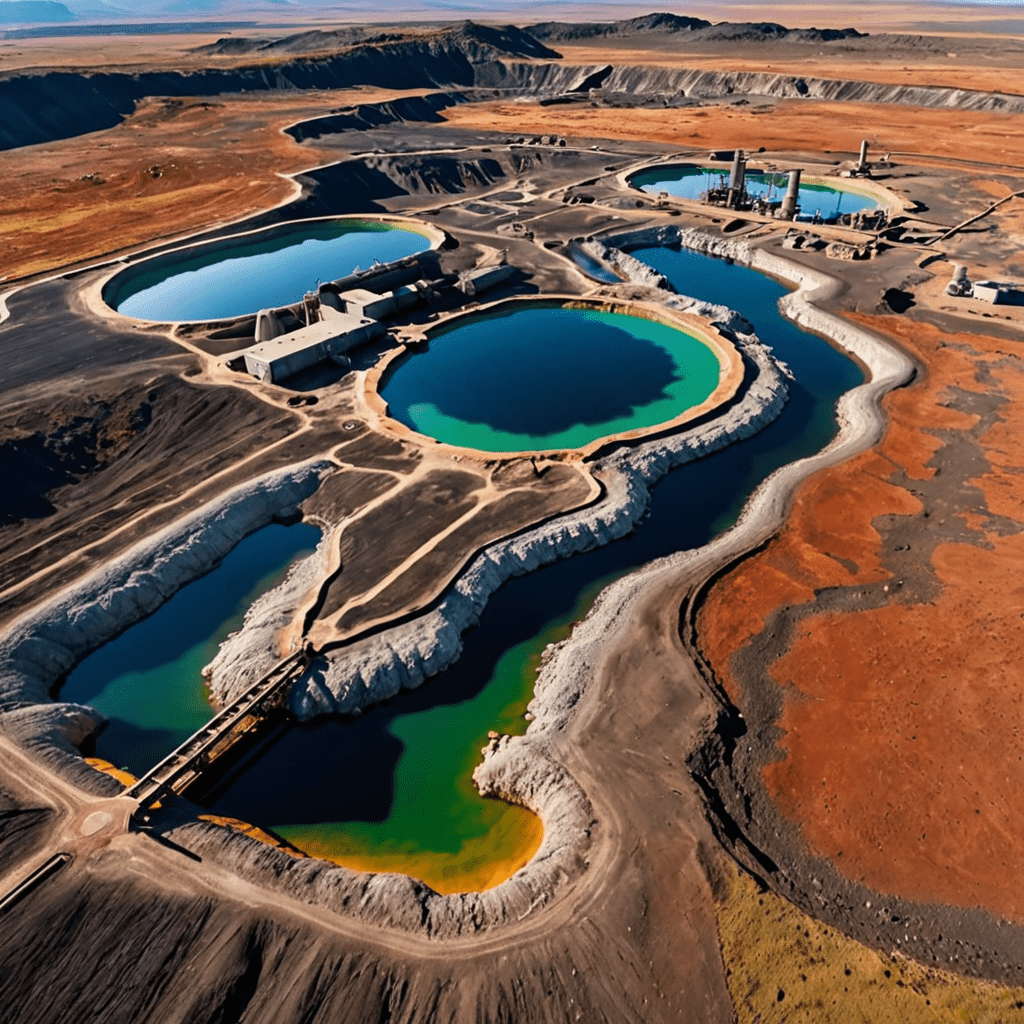
The Role of Renewable Energy in Climate Change Mitigation
Renewable energy sources play a crucial role in combating climate change by reducing greenhouse gas emissions and minimizing the negative impacts of traditional fossil fuel-based energy generation. Let’s delve into how renewable energy contributes to mitigating climate change.
1. What is Renewable Energy?
Renewable energy is derived from sources that are naturally replenished, such as sunlight, wind, rain, tides, waves, and geothermal heat. Unlike non-renewable sources like coal and oil, renewable energy is sustainable and environmentally friendly.
2. Advantages of Renewable Energy
Renewable energy offers numerous benefits, including reducing greenhouse gas emissions, enhancing energy security, creating jobs, and improving public health by reducing air pollution. It also helps diversify energy sources and promotes economic growth.
3. Contribution to Climate Change Mitigation
Renewable energy plays a pivotal role in mitigating climate change by decreasing carbon dioxide and other greenhouse gas emissions. Solar, wind, hydro, and geothermal power produce minimal to zero emissions, making them instrumental in reducing the carbon footprint of energy generation.
4. Transitioning from Fossil Fuels
Shifting from fossil fuels to renewable energy sources is essential for curbing climate change. By transitioning to clean energy sources, countries can significantly reduce their reliance on coal, oil, and natural gas, thereby lowering overall greenhouse gas emissions.
5. Importance of Policy Support
Government policies and incentives play a vital role in accelerating the transition to renewable energy. Subsidies, tax credits, renewable energy targets, and carbon pricing mechanisms help create a favorable environment for the growth of renewable energy technologies.
6. Global Impact of Renewable Energy
The adoption of renewable energy on a global scale can lead to substantial reductions in carbon emissions, thereby contributing significantly to international efforts to combat climate change. Collaboration among nations is crucial in promoting the widespread adoption of renewable energy solutions.
7. Future Outlook
As technology advances and costs continue to decline, the future of renewable energy looks promising. With increased investments in research and development, the widespread adoption of renewable energy holds the key to a sustainable and greener future, helping to mitigate the impacts of climate change.
FAQs about the Role of Renewable Energy in Climate Change Mitigation
What is renewable energy?
Renewable energy is energy derived from naturally replenishing sources, such as sunlight, wind, and water. Unlike fossil fuels, renewable energy sources are sustainable and have minimal impact on the environment.
How does renewable energy help in mitigating climate change?
Renewable energy helps mitigate climate change by reducing greenhouse gas emissions. By using sources like solar and wind power instead of fossil fuels, we can decrease our carbon footprint and slow down the harmful effects of global warming.
What are some common types of renewable energy sources?
Common types of renewable energy sources include solar power, wind power, hydropower, geothermal energy, and biomass. These sources offer clean alternatives to traditional, polluting forms of energy production.
How can individuals contribute to promoting renewable energy?
Individuals can promote renewable energy by installing solar panels on their homes, using energy-efficient appliances, supporting renewable energy initiatives, and advocating for policy changes that prioritize clean energy solutions.
What are the benefits of transitioning to renewable energy?
The benefits of transitioning to renewable energy include reduced carbon emissions, improved air quality, energy independence, job creation in the green sector, and the long-term sustainability of


